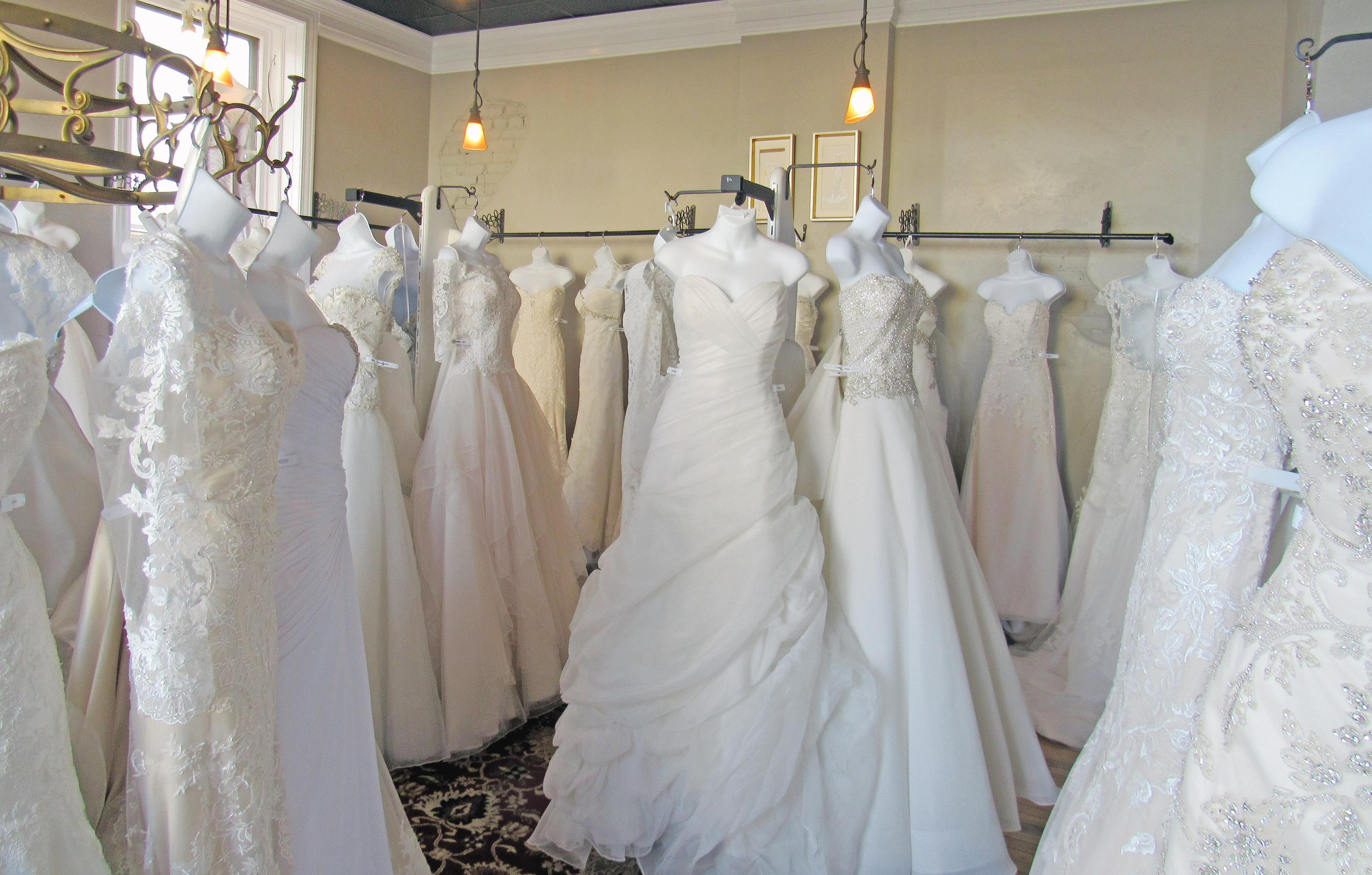Dress THE
THAT MAKES THE
Bridal gowns are rich with history, tradition by Sandra Landen Machaj CORRESPONDENT
In the early 1800s, wedding dresses were far different from those that are commonly seen on today’s brides. While the wealthy class and royalty wore gowns of the richest material, the less monied brides would be married in their best dress, the one usually
W inte W eddinrgs
Day
reserved for Sunday church. The color of the dress was not important. The wealthy wore a variety of bold colors made of velvet or silk, fashoined in the popular styles of the day. In these higher classes, it was expected that the bride would dress in a manner to reflect on the wealth of her family. Marriages were often arranged by families to increase the families’ wealth and land. Among royalty, marriages were arranged as alliances between countries. Marriages strictly for love were rare. Other than Philippa of England in 1406 and Mary Queen of Scots when she married her first husband Francis the Dauphin of France in 1559, there no other instances of royalty wearing white at their weddings until
1840. Then Queen Victoria married Albert of Saxe- Coburg and wore a white silk gown trimmed with orange blossoms and a veil of Honiton lace. Many brides of the era followed the queen’s choice and it was not long before white became the color of choice for brides. By the 1850s, the white bridal gown became the popular gown. They were created out of embroidered silk, and lace often with floral detailing much like the gown of Queen Victoria. The look was completed with a long lacy veil. Within the next 10 years, the trend to
above: A wide selection of dresses in a variety of popular styles is on display at All about the Gown by Judy in Lake Geneva. SANDRA LANDEN MACHAJ Spirit of Geneva Lakes
SPIRIT of GENEVA LAKES
15




